The Art Gallery and Museum provides fun and interactive learning programmes to suit school groups of all ages. School visits are tailored to meet the needs of students through facilitated discussions, hands-on activities and engagement with real experiences. Contact our educator to book your visit.
If you are wanting resources on particular topics for your kura do contact me. Between our archives, collections and resources we have a vast wealth of information about our local history and visual art.
All programmes have been tailored to suit
- Years 1- 3
- Year 4-6
- Year 7-10
Senior secondary programmes and resources are created to suit particular standards on request.
What's on this term
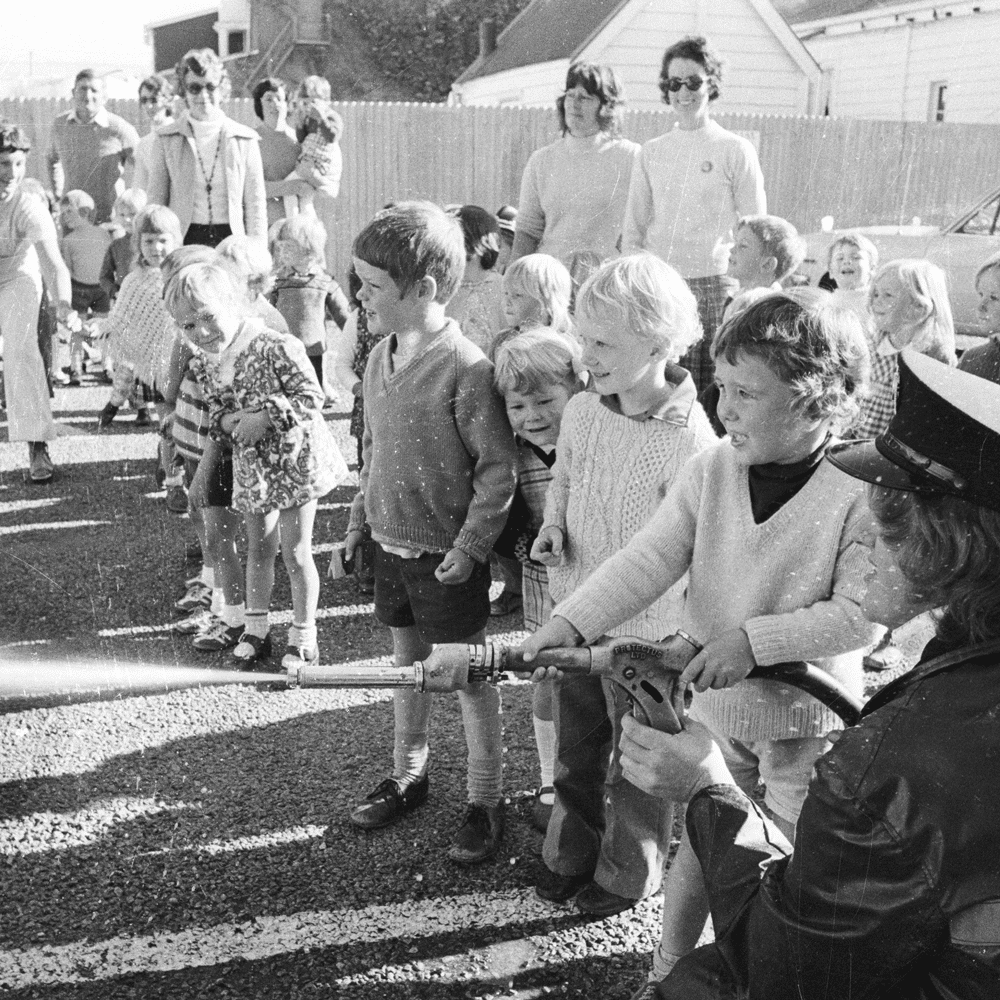
Caught in the Moment - Guardian Photographs of 1975
Exhibition: Caught in the Moment - Guardian Photographs of 1975
Curriculum Links: Social Sciences | English | Visual Art
Dates: 31 May - 14 September (Term 2 Week 6 - Term 3 Week 10)
Time: 60-90 minutes
Tūhura | Explore
Which moments in time did Guardian photographers capture around Whakatere Ashburton in 1975? A selection of images from this large collection of scanned photographic negatives will take us on a journey across all aspects of life in our district 50 years ago. Some images made the daily paper, but most did not and have never been seen before. Many photographs were taken to support a newsworthy story, some are a story in themselves!
Waihanga | Create
Has the content of our local newspaper changed over time? Compare and contrast the historic Ashburton Guardian stories and images with the newspaper we know today. In groups, ākonga will work together to take a photograph, conduct an interview and write a story for a class newspaper spread.
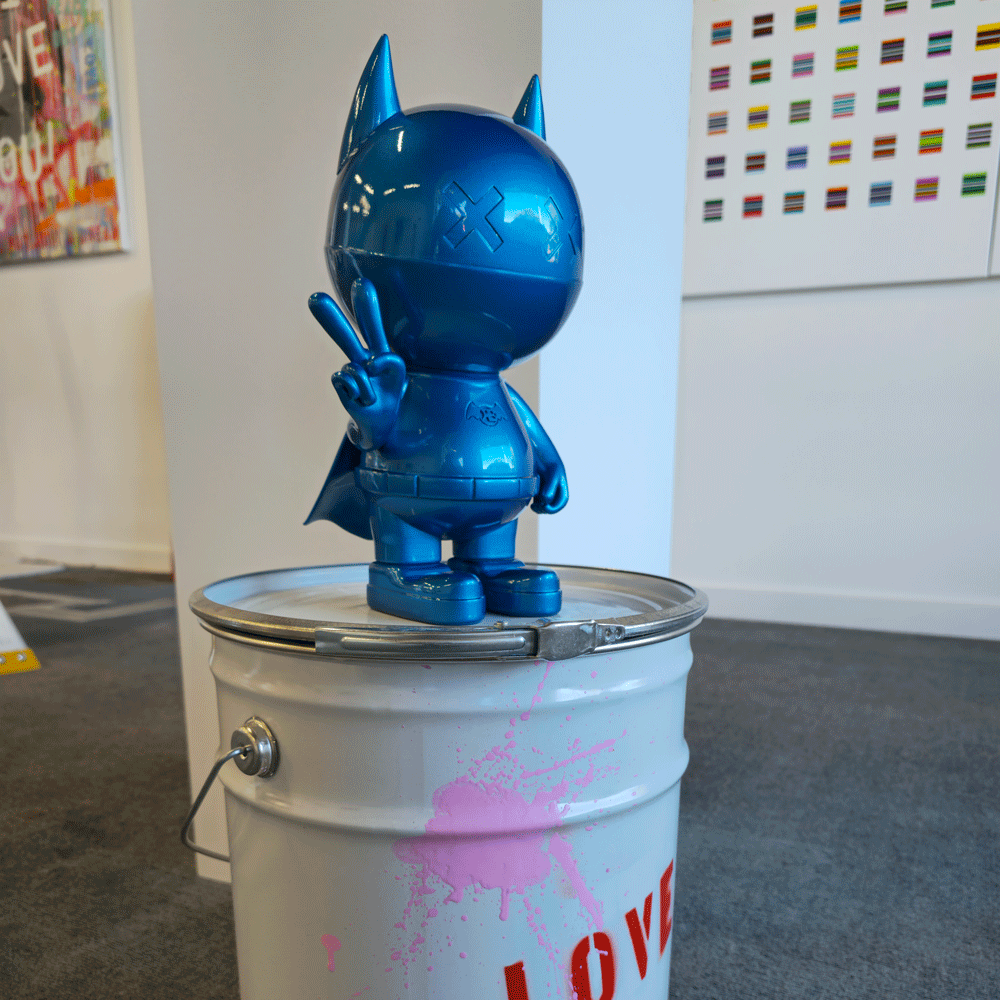
Bobby Kurb, Solo Exhibition
Exhibition: Bobby Kurb, Solo Exhibition
Curriculum Links: Visual Art
Dates: 9 August - 21 September (Term 3 Week 4 - Term 3 Week 8)
Time: 60-90 minutes
Tūhura | Explore
Local artist Bobby Kurb presents works influenced by pop and street art that highlight the impact that colour has on humanity and the solace and hope it can provide. Beyond the bright colours and curious creatures that Bobby deploys in his artwork lies a deeper search for meaning in contemporary life. The works consider themes such as the inherent contradictions of modernity, the paradoxes of human nature, and the world in all its beauty and terror.
Waihanga | Create
Using dynamic street art and pop art techniques and materials, ākonga will develop a fresh artwork that reflects influential factors in their current environment.
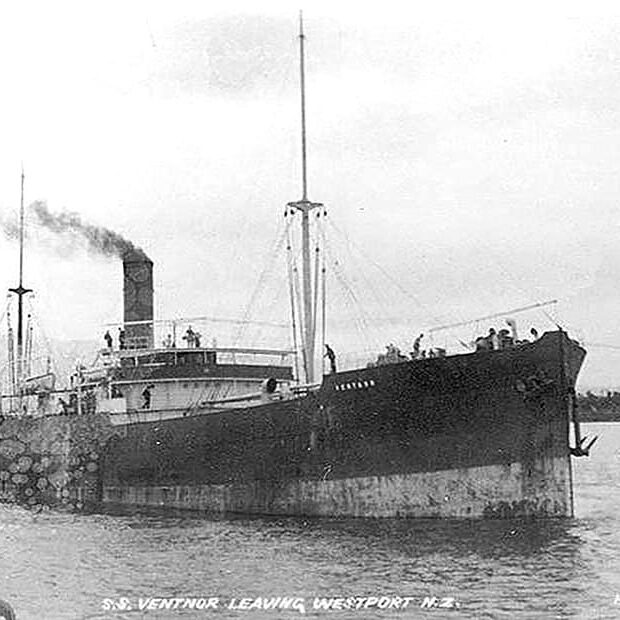
SS Ventnor Exhibition
Exhibition: SS Ventnor Exhibition
Curriculum Links: Social Sciences
Dates: 2 August - 2 November (Term 3 Week 4 - Term 4 Week 4)
Time: 60-90 minutes
Tūhura | Explore
Explore the story of the SS Ventnor, which sank off Hokianga Harbour in 1902 carrying the remains of nearly 500 Chinese goldminers being returned to their villages, and the aftermath of this event. In 2013, the wreck of the SS Ventnor was discovered, sparking major international media interest and controversy.
Waihanga | Create
Create an interactive resource in which ākonga will consolidate their learning about relationships and connections between people and across boundaries that have shaped the course of Aotearoa New Zealand’s histories.
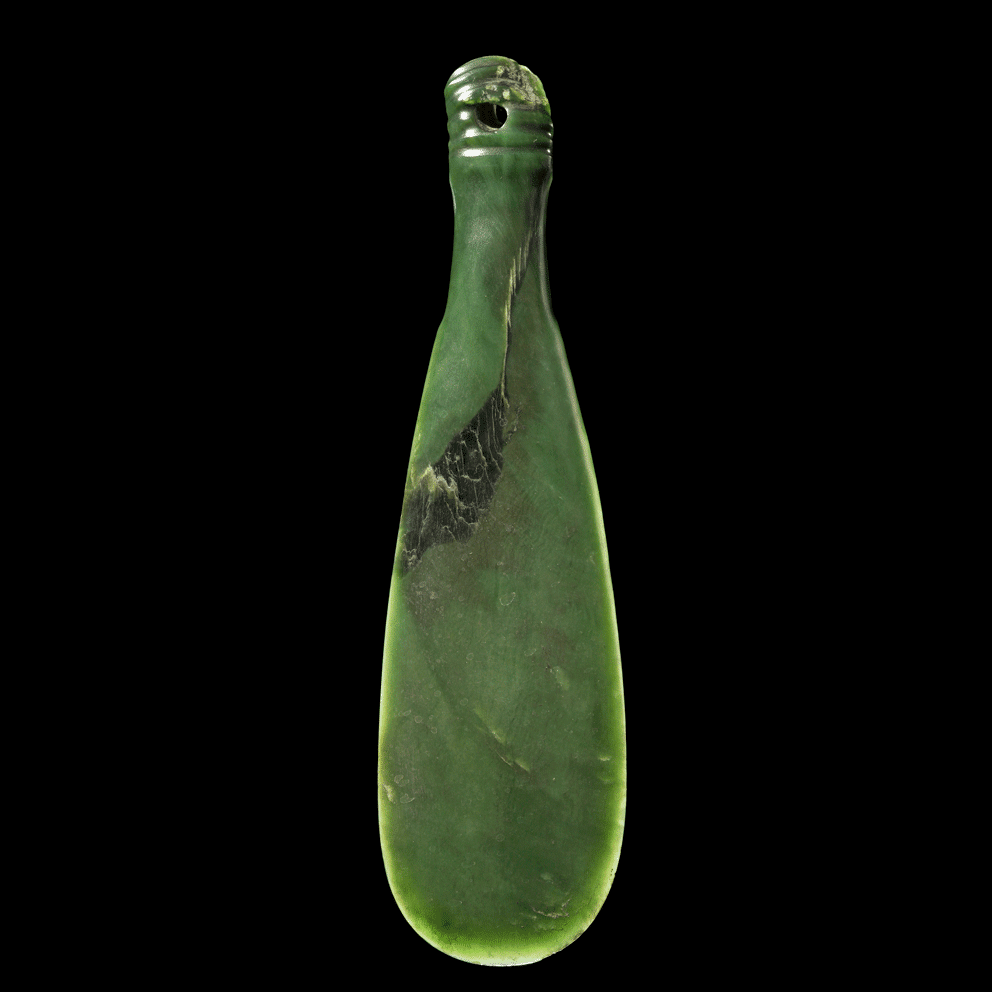
Kura Pounamu: Our Treasured Stone
Exhibition: Kura Pounamu: Our Treasured Stone
Curriculum Links | ANZH | Local Curriculum | Visual Arts
Dates | 16 August - 07 October (Term 3 Week 6 - Term 4 Week 1)
Time: 60-90 minutes
Tūhura | Explore
Kura Pounamu is an exhibition presented by the Museum of New Zealand Te Papa Tongarewa and Te Rūnanga o Ngāi Tahu featuring more than 200 taonga pounamu. It tells the story of this most precious of stones, its significance for Māori, and its enduring value from ancient times until today.
The exhibition includes some very rare cultural taonga, including some 95 hei tiki, 20 mere, and four large pounamu touchstones, the largest of which, “Te Hurika”, weighs in at 170kg. The earliest pounamu pieces in the exhibition may be the toki, tools used for working wood. Some are thought to originate from early settlement times some 700-800 years ago, and replicate East Polynesian adze shapes.
Developed and presented by Te Papa and Ngāi Tahu.
Waihanga | Create
Learn the story of Raureka and about the pounamu trails. Through exploring our local trails that brought pounamu from Te Tai Poutini learn about the unique traits of our pounamu and the way in which it travelled through the motu to be the taonga it is.
Image: Mere (hand weapon). Museum of New Zealand Te Papa Tongarewa (OL000070/1)
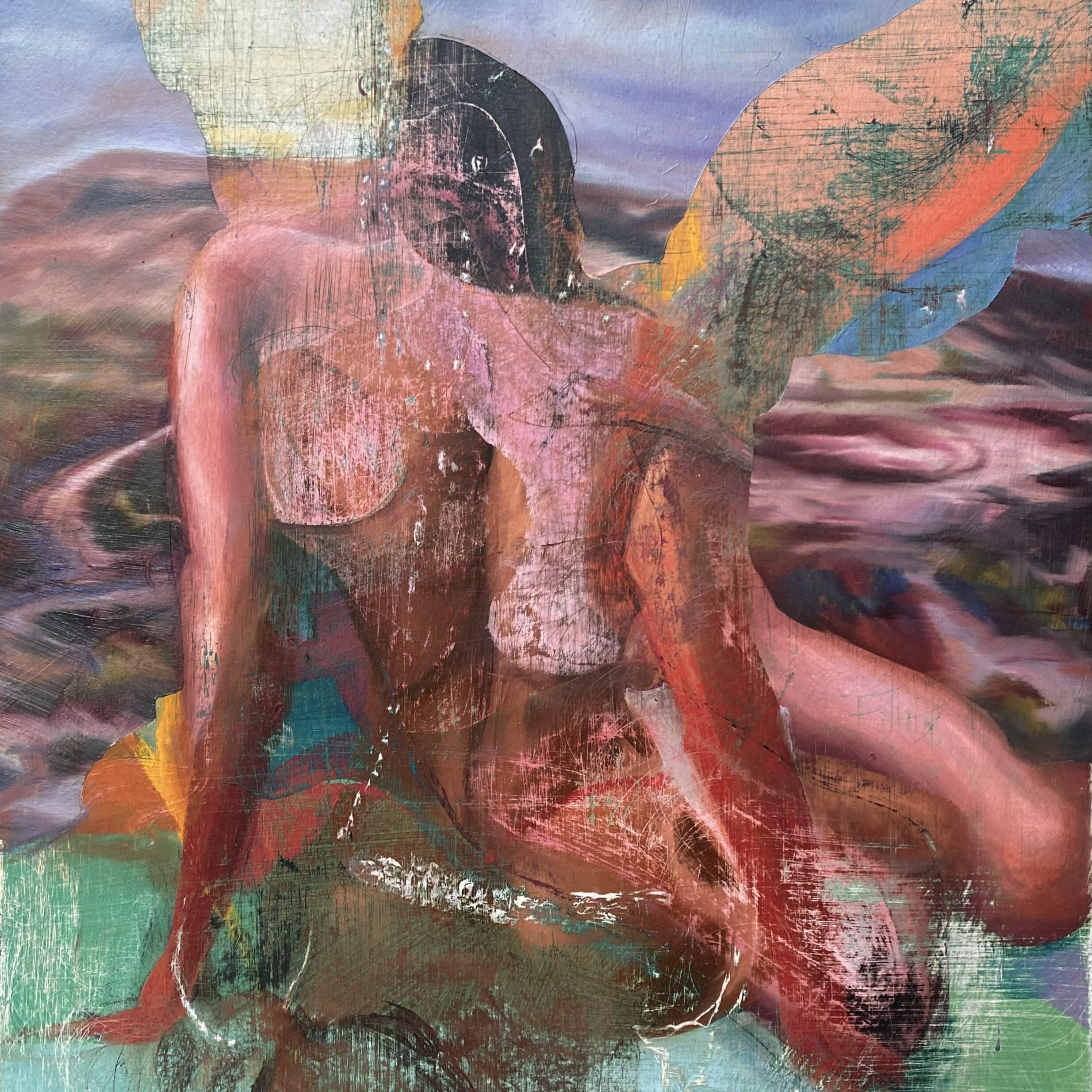
Chloe Summerhayes and Sam Walker, The Same Coin
Exhibition: Chloe Summerhayes and Sam Walker, The Same Coin
Curriculum Links: Visual Art
Dates: 16 August - 17 October (Term 3 Week 6 - Term 4 Week 2)
Time: 60-90 minutes
Tūhura | Explore
This exhibition is the outcome of a collaborative project between Chloe Summerhayes and Sam Walker. Each artist selects some of their own paintings that they consider ‘failed’ artworks and gives to the other to ‘complete’ the works, until they arrive at a stage they are happy with. This exchange revives these ‘dead’, ‘failed’ paintings, and reactivates them to investigate new possibilities. The outcomes include a wide variety of subjects and themes in oil paint – portraits, landscapes, abstraction and dreamlike environments.
Waihanga | Create
Ākonga will collaborate in pairs to make artworks from perceived ‘failed’ artworks, extending their thinking to question perception and value in our world.
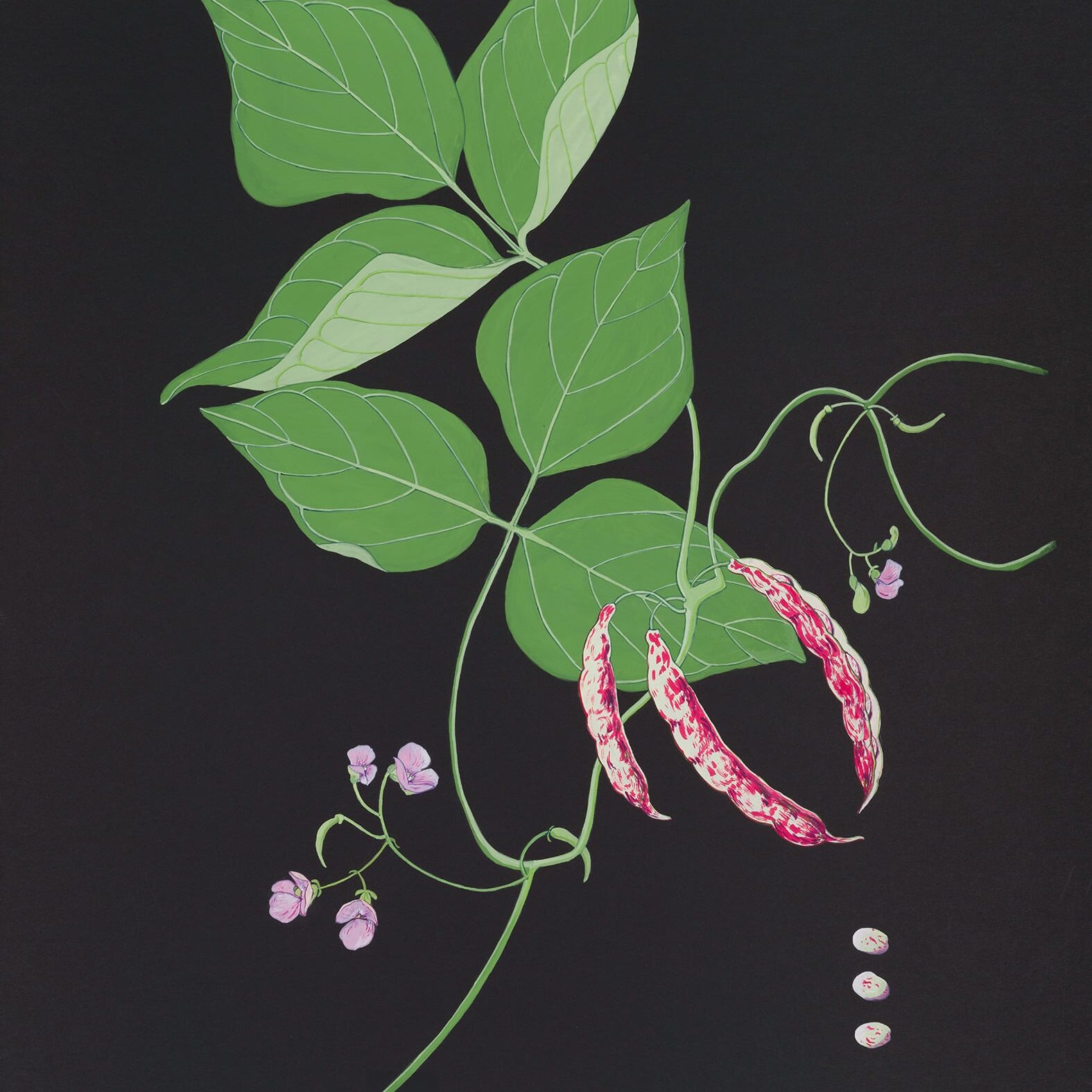
Botanical Art Worldwide 2025, O Tātou Tipu o Mua - o Ināianei me te Āpōpō, Our Plants - Past, Present and Future
Exhibition: Botanical Worldwide 2025
Curriculum Links | Visual Art, Science
Dates | 18 October - 7 December (Term 4 Week 3 - Term 4 Week 9)
Time: 60-90 minutes
Tūhura | Explore
This is the New Zealand version of this year’s Botanical Art Worldwide exhibition, which aims to link people to plants through botanical art. The theme for this year is ‘crop diversity’ and will focus on and celebrate biodiversity in the crops that have been closely associated with the human species over thousands of years.
Waihanga | Create
Develop drawing techniques to depict plants by capturing the detailed form, structure and colour of plants with scientific accuracy.
Image: Sandra Morris, Phaseolus vulgaris, Iraqi Climber, acrylic on black crescent board
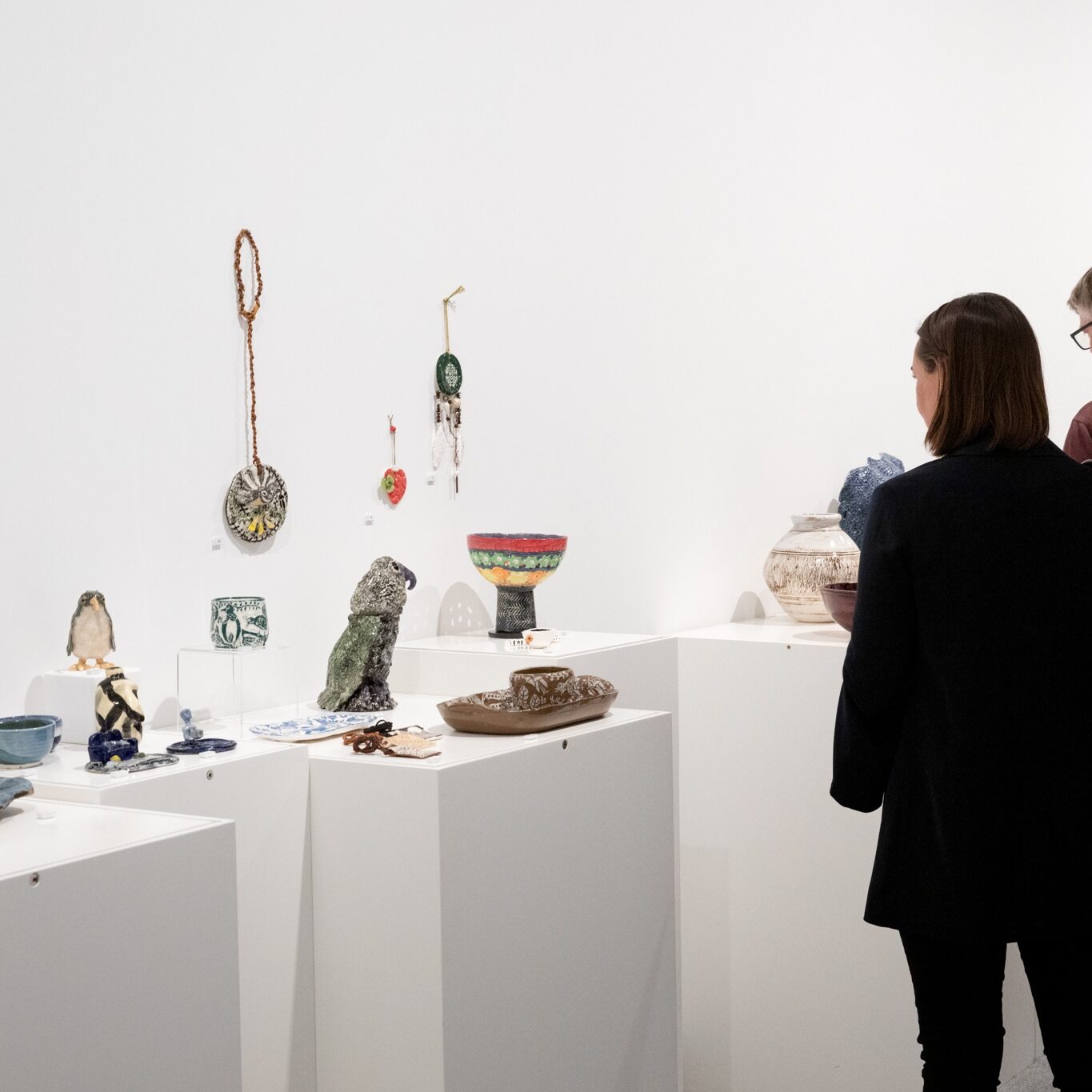
Hakatere Ceramics | Biennial Exhibition
Exhibition: Hakatere Ceramics
Curriculum Links | Visual Art
Dates | 30 October – 3 December (Term 4 Week 4 - Term 4 Week 8)
Time: 60-90 minutes
Tūhura | Explore
The biennial exhibition of the Hakatere Ceramics and Pottery Club of Ashburton, with works from invited guest artists. It showcases the diverse talents of local community members with an interest and passion for working with clay.
Waihanga | Create
Using pottery tools and techniques ākonga will create a creature inspired by the telling of story.
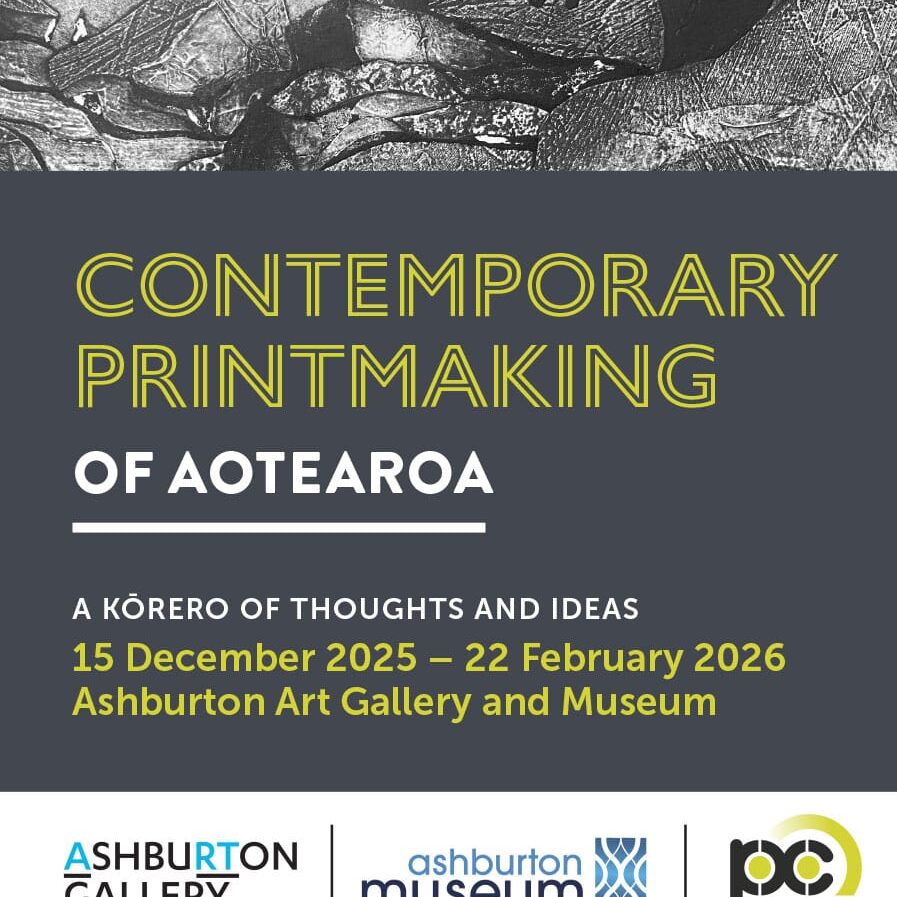
Print Council, Experimental and Contemporary Printmaking of Aotearoa - A korero of thoughts and ideas
Exhibition: Hakatere Ceramics
Curriculum Links | Visual Art
Dates | 15 December - 22 February 2026 (Term 4 Week 10 - Term 1 Week 3 2026)
Time: 60-90 minutes
Tūhura | Explore
The Print Council of Aotearoa New Zealand is a non-profit, membership-based organisation that supports and promotes printmaking in New Zealand, with currently around 300 members. The participants in the exhibition will be selected from work submitted by PCANZ members by an expert selector. It will showcase the wide variety of printmaking currently being produced throughout Aotearoa New Zealand.
Waihanga | Create
Using varied transfer and stencil art techniques students will make prints using images, subject matter and materials that reflect our connection to our district, Whakatere Ashburton.
Permanent programmes
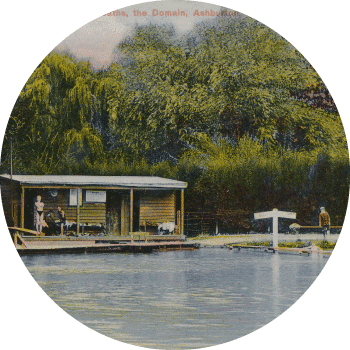
Domain Tales
A tour through the Domain using a map from 1937 and photos from our collection to compare and contrast the changes and develop our navigation skills.
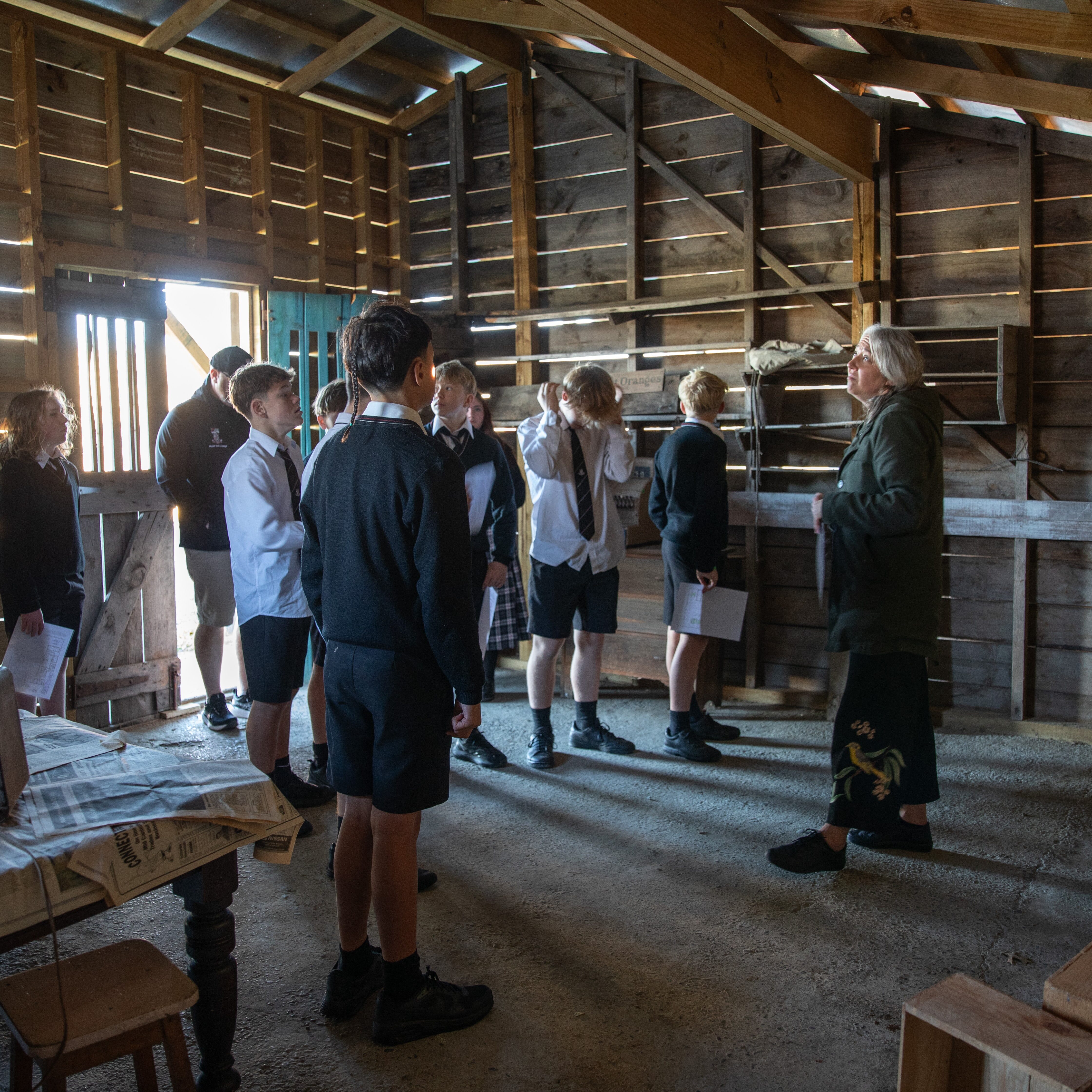
Ng King Bros. Chinese Market Gardens
Learn about the Ng King Bros. Chinese Market Garden site and glimpse inside this amazing piece of history that gives insight into both Chinese maket gardening opertaions, as well as providing a social history of settlers who migrated to New Zealand, how they lived, contributed to and integrated into New Zealand society.
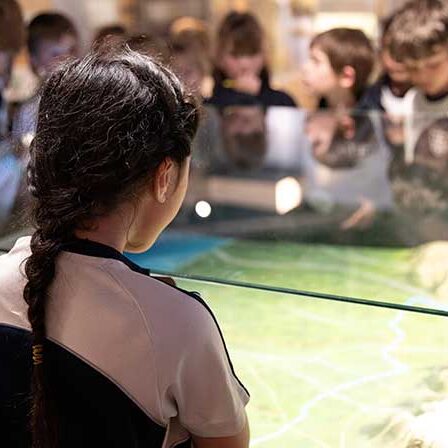
Whakatere Ashburton History
This scavenger hunt through the museum gives us a brief overview of the geography and history of the district
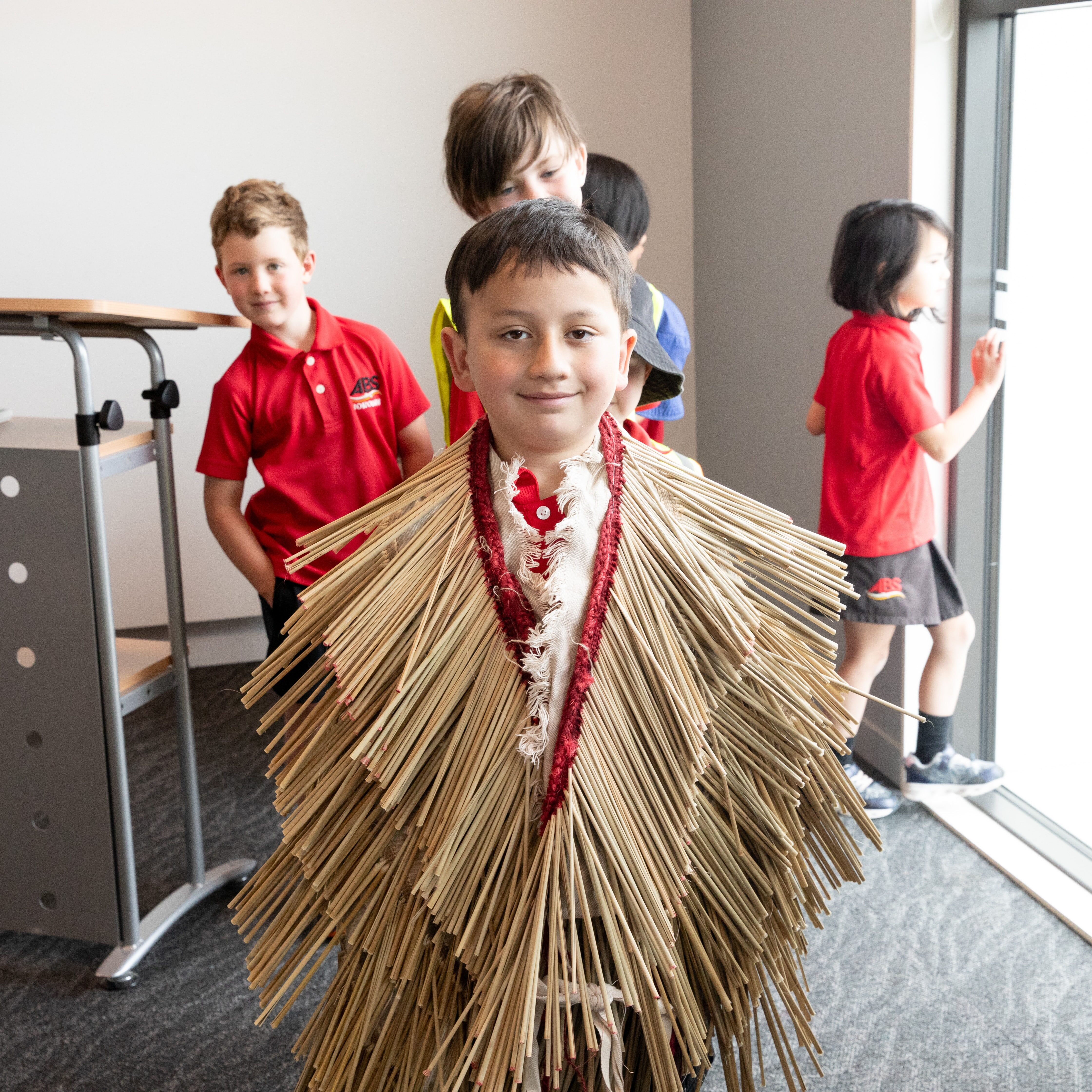
Living on the Land: Tākata Whenua o Hakatere
Learn about the area as it was used by tākata whenua and some food gathering and preparation techniques, including what we have learnt about the moa from findings in the area
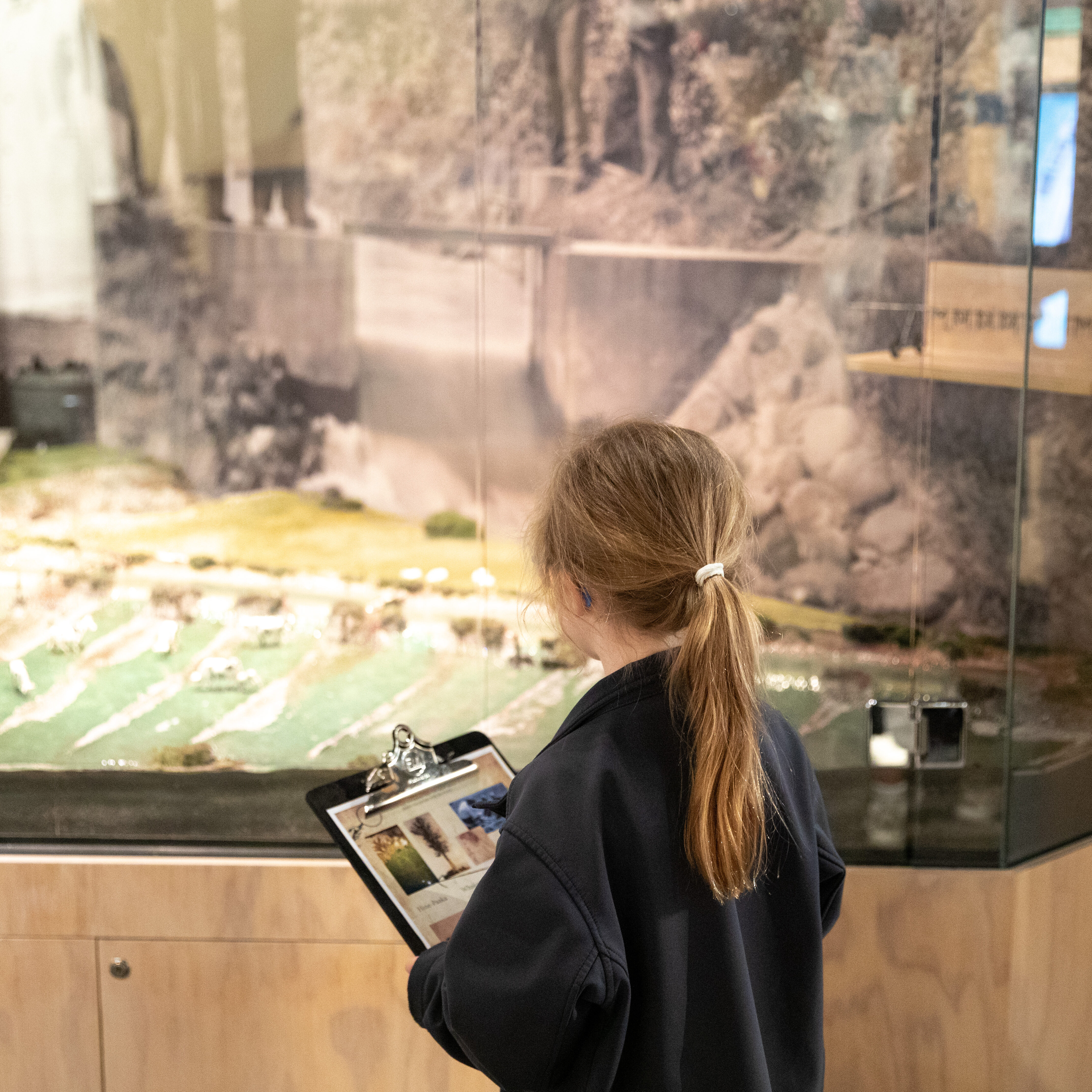
Liquid Gold: Irrigation
Water has had a huge impact on all aspects of the Canterbury Plains Kā Pākihi-whakatekateka-a-Waitaha. Learn about and explore how water has moved throughout the district and enabled agriculture to grow.
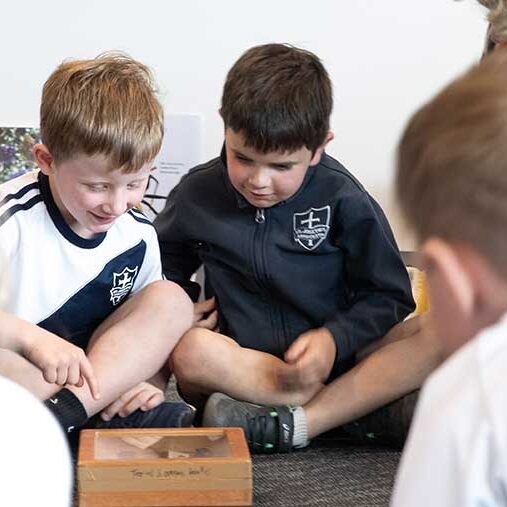
Farming in the District
Farming has driven the development of the Whakatere Ashburton district. Learn about the factors that farmers faced when farming started and how problems were managed, overcome and created new opportunities.
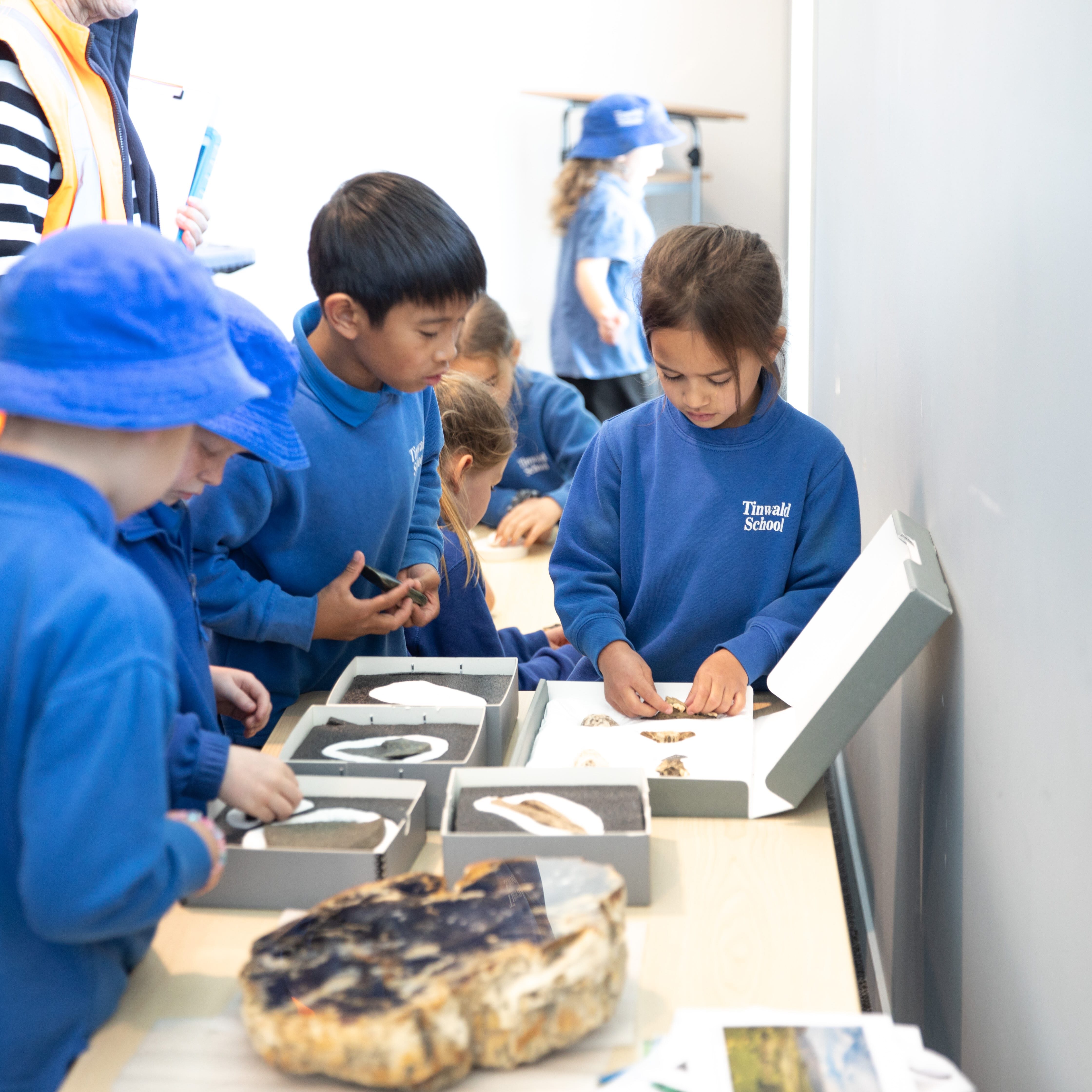
Rocks and Fossils
Learn about the geology of the district through a collection of our rocks and fossils which are found in surprising places around us.
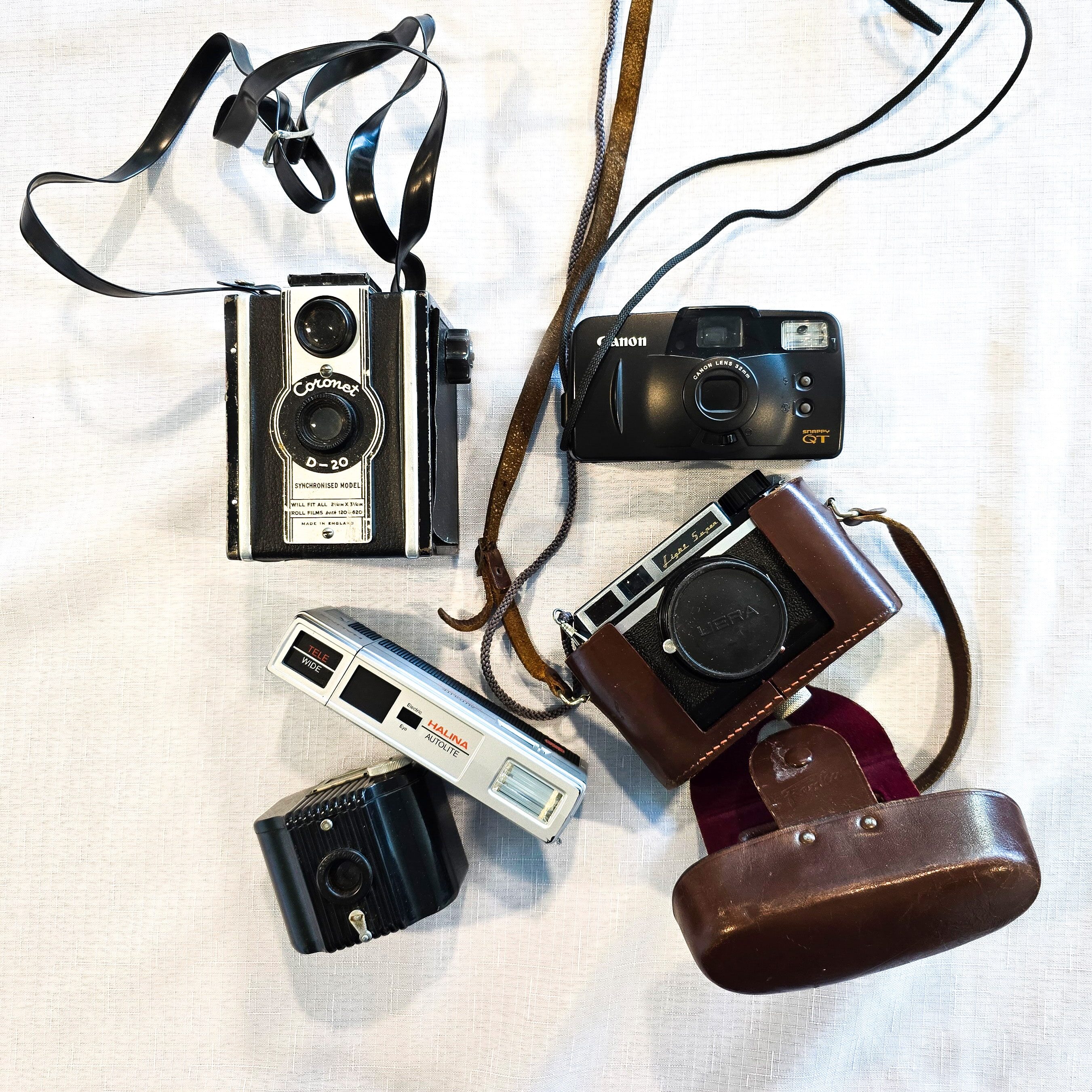
The Curious Mind
Looking at a collection of objects we will investigate why these were created and how these inventions have impacted our world and the future.
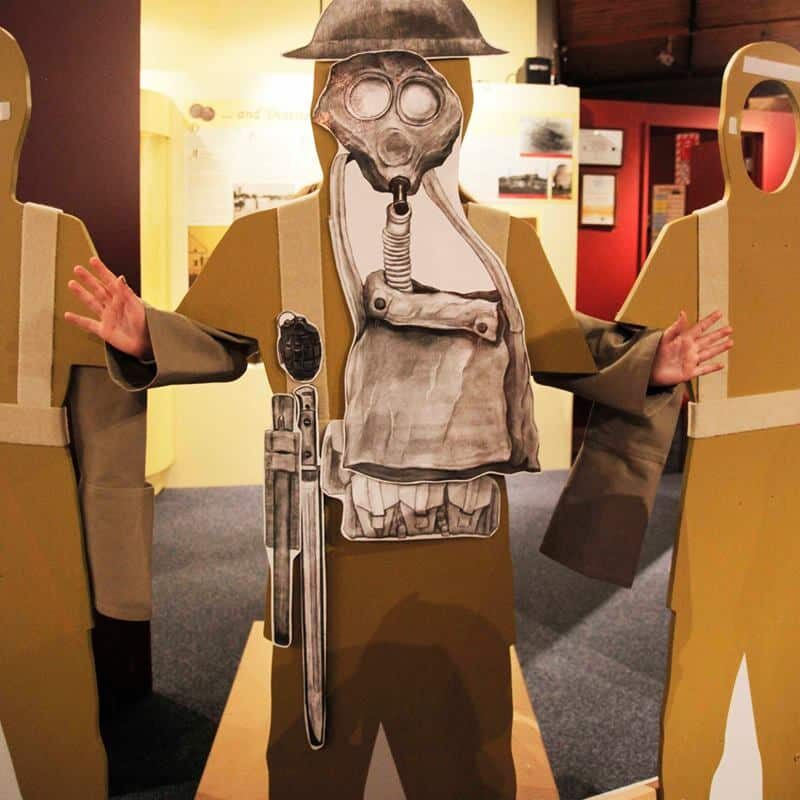
Survivor WW1 Game
The Survivor WW1 Game, provides a social, interactive, kinesthetic learning experience through experiential learning that “brings to life” the statistics, campaigns and artefacts of the NZ WW1 soldier.
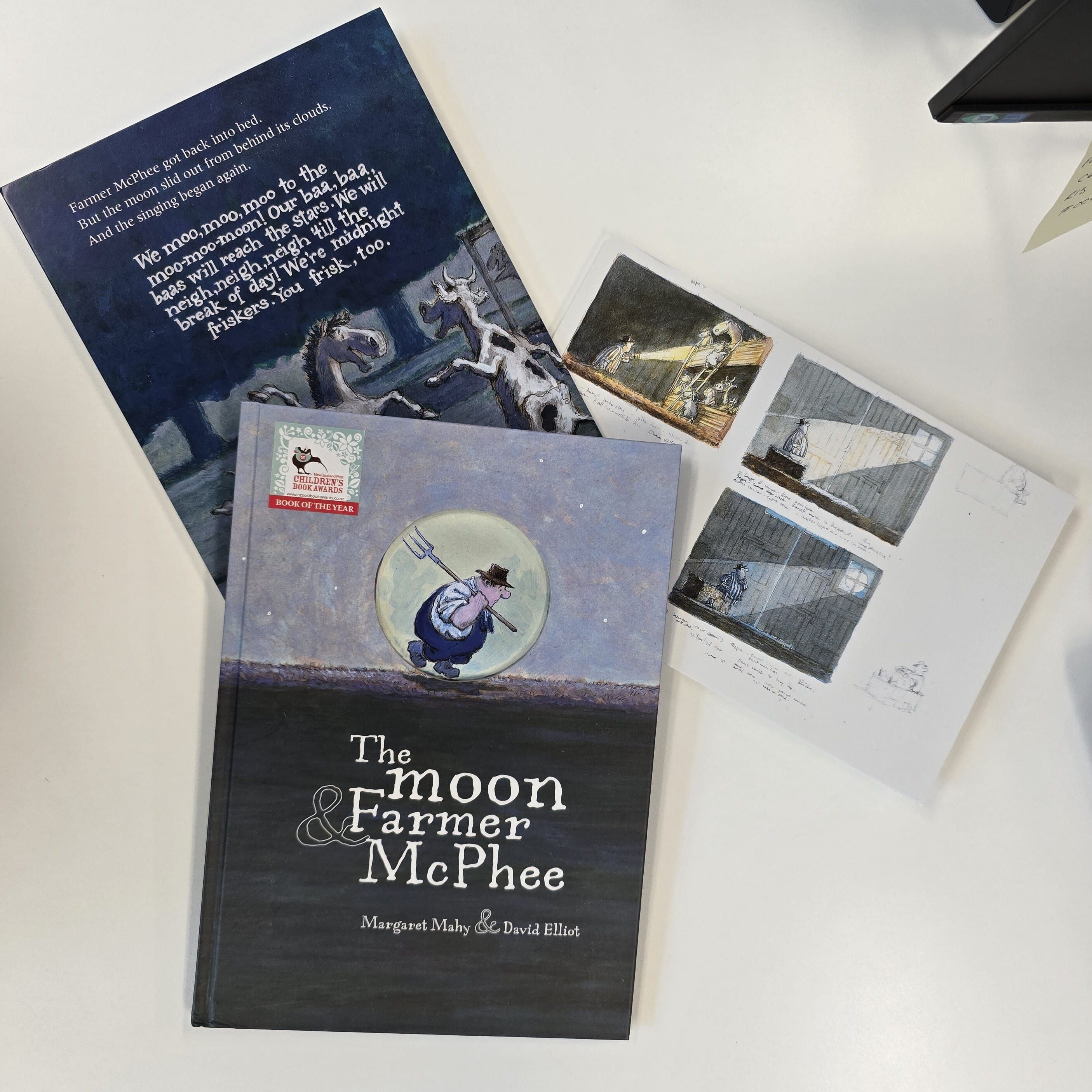
The making of The Moon and Farmer McPhee
After reading the story, we will explore the process and experience of working with Margaret Mahy that David has shared with us to create this wonderful story. We see planning sketches, the original artwork as well as the book
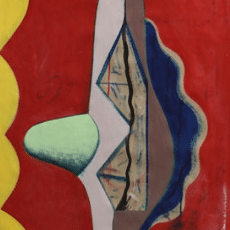
Paint like a Doofus
Mark Braunias was a well-recognised contemporary painter, known for his energetic, irreverent and witty visual language. We are lucky to have the original preparatory paintings for the work Doofus a.k.a Assemble, Disassemble, Reassemble which was created on our foyer wall in 2017.
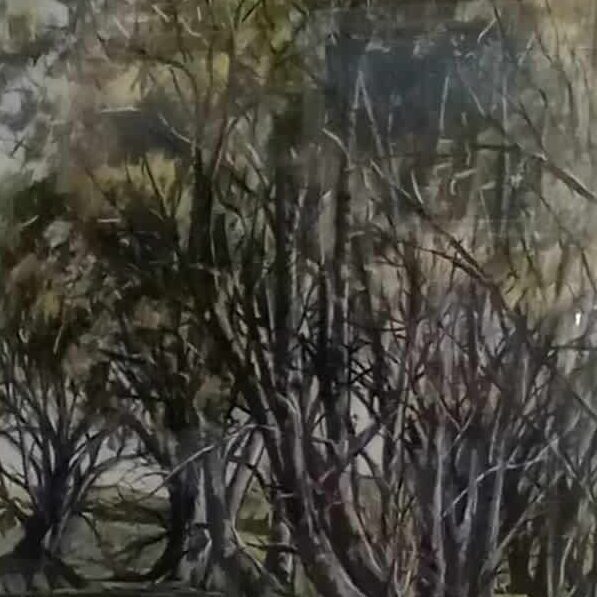
Exploring Drawing
Charcoal | Pencil | Pen + Wash
Taking inspiration from artworks in our collection such as Trees, Kakahu River by D. Waddington, explore a variety of drawing mediums and techniques.
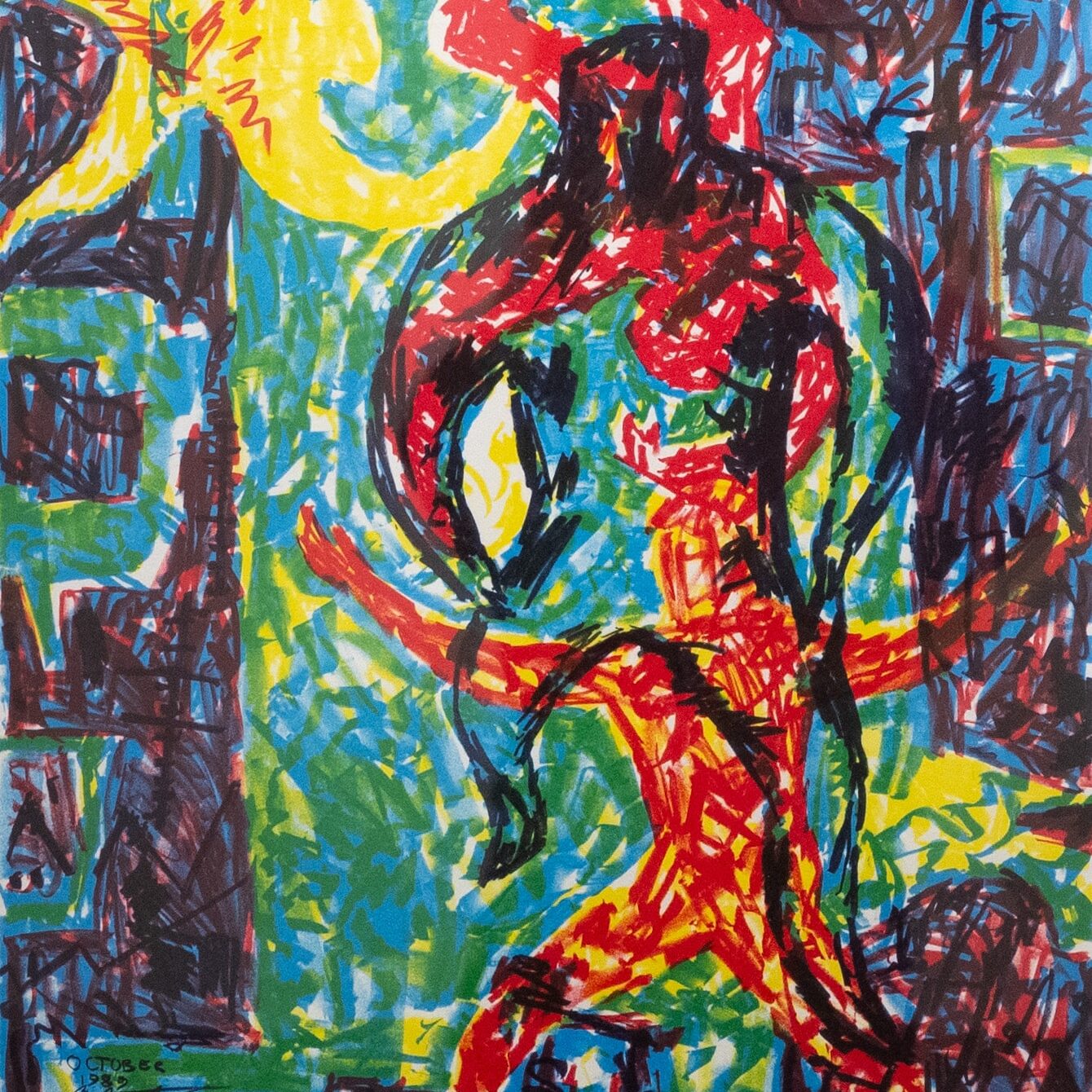
Exploring Printmaking
Intaglio | Woodcut | Screenprint | Lithograph
A selection of prints from our collection, including Many Uncoded Factors by Michael Armstrong which showcase and highlight different types of printmaking. Start a printmaking journey making monoprints. This can lead on to printmaking workshops.
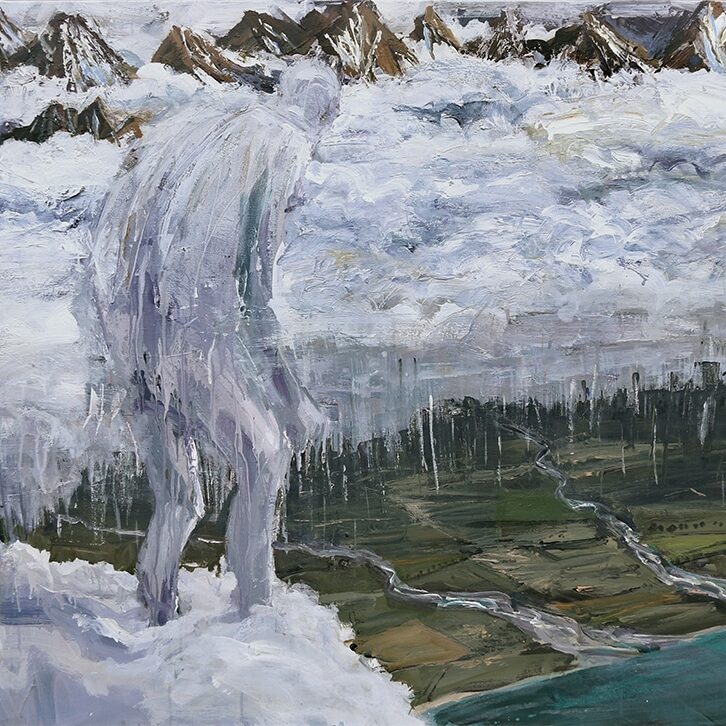
Experimenting with Paint
Oil | Acrylic | Watercolour | Mixed Media
Experiment with various painting approaches and media through looking at paintings from our collection like Rain Man Over Ashburton by Euan Macleod.
Tell us your interests
Do you have an idea for a learning programme at Ashburton Art Gallery and Museum?
Our educator can design a creative learning experience tailored to the needs and interests of your early childhood, primary and secondary school groups. Simply, contact us with your idea and we will work together to create a programme for your students.
Planning a visit
Materials:
All materials for workshops at the Gallery and Museum and at schools will be provided unless stated otherwise. School visits will require schools to provide a projector and full classroom space.
Ratios:
For visiting the Gallery and Museum, we recommend organising an adult to student ratio of:
– 1:5 for Years 0-3
– 1:8 for Years 4-8
– 1:15 for Years 9-10
– 1:30 for Years 11-13
If would be helpful if teachers are able to carry a class register in the case of an emergency.
Arriving at the Gallery and Museum:
The Ashburton Art Gallery and Museum is located on 327 West Street. The Gallery is situated on the first floor and the Museum is on the ground floor. If you are planning to arrive before 10:00am, please inform a Gallery and Museum staff member so they are able to let you into the building. The doors automatically open at 10:00am. For everyone’s enjoyment please ensure that students demonstrate respect to our other visitors.
Help us protect the exhibitions at the Gallery and Museum:
If possible we would advise leaving bags at school, however, if necessary bags can be left in the Learning Centre on arrival. Food and drink are not permitted in the Gallery and Museum spaces. However, food can be consumed in the Learning Centre area if needed. No pens or sharp objects are allowed in the Gallery and Museum spaces. Please let the Gallery and Museum staff know if you wish to photograph the artwork, teachers are more than welcome to take pictures of their students in the Gallery and Museum spaces and Learning Centre. Please emphasise to students the importance of not touching any artworks or objects on display. We don’t mind talking and noise in the Gallery and Museum but for safety reasons, we do not allow running in the foyer or exhibition spaces.
Risk Assessment and Management (RAMs):
Please download and read.
Publicity:
Gallery and Museum staff love documenting school visits so please advise us if your students do not wish to be photographed.








